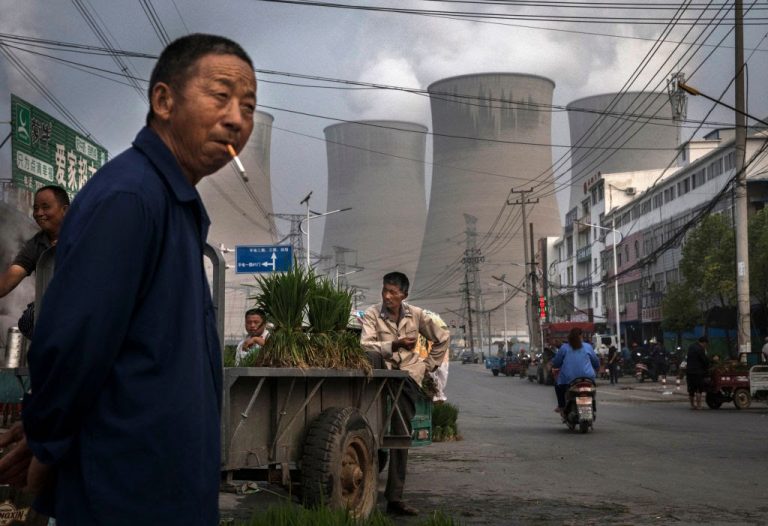A recent report by the think tank Institute of Public Affairs (IPA) finds that China emits more carbon in 16 days than Australia does in one year.
The IPA describes itself as “an independent, non-profit public policy think tank, dedicated to preserving and strengthening the foundations of economic and political freedom.” It has done multiple reports about Australia’s commitments to the Paris Climate Agreement and recently a comparison between Australian and Chinese carbon emissions.
“Every 16 days, China emits more carbon than Australia does in an entire year,” IPA claims. “This means the annual effect on global emissions from Australia mandating a net-zero emissions target would be canceled out by China in just over two weeks.”
According to the IPA, Australian carbon emissions per capita have dropped by 15.4 percent since 2004, while Chinese emissions per capita have increased by 83.5 percent since 2004. Global carbon emissions in China have increased by 63.3 percent since 2004, while in Australia, they have only gone up by 0.35 percent since 2004. In other words, emissions in China have increased by 5 billion tons, while in Australia, they have gone up by 27.4 million tons.
Carbon emission goals
Under the Paris Climate Agreement, Australia is subject to the deepest per capita carbon emissions cut in the developed world. Only 8 out of 196 countries that have signed the Paris Agreement will be on track to meet their carbon emission goals.
Success
You are now signed up for our newsletter
Success
Check your email to complete sign up
“It is reckless and futile for the political class to impose on Australians further severe cuts to emissions which costs jobs and livelihoods, while China—the world’s largest emitter—continues to rapidly increase its emissions without consequence,” said Cian Hussey, Research Fellow at the IPA. “Calls for Australia to adopt a net-zero emissions target ignore the significant economic, social, and humanitarian costs which would inevitably be the result of such a target.”

For every one coal power station in Australia, there are 57 in China. This disproportionate ratio is only expected to increase, with 92 more coal power stations in China under construction.
Australian politician Mathew Canavan of the Liberal National Party says, “the focus on reaching carbon neutrality by 2050 is the ‘wrong priority’ for Australia amid the de-industrialisation of the country and the ‘rising aggression’ of China.”
“When I think about what the biggest challenge for my kids is going to be, and their generation, I think it’s the rising aggression of the Chinese Communist Party in our region, not carbon neutrality by 2050,” Canavan said. “The biggest thing we should be talking about right now is the continuing de-industrialization of this country.”
IPA research found that if a zero-carbon emission strategy was deployed, it “would place up to 653,600 jobs at direct risk of being destroyed, and that those jobs are concentrated in industries such as agriculture, heavy manufacturing, and coal mining.”
IPA also “estimated that the Paris Climate Agreement would cost [Australia] over $52 billion over 2018-2030. This equates to $8,566 per Australian family.”
Follow us on Twitter or subscribe to our email list














